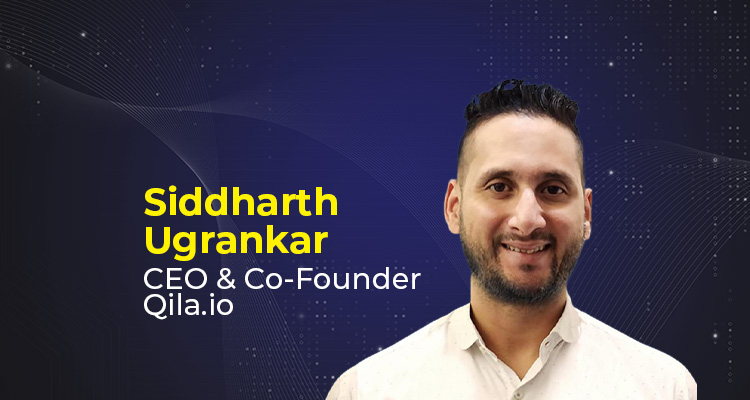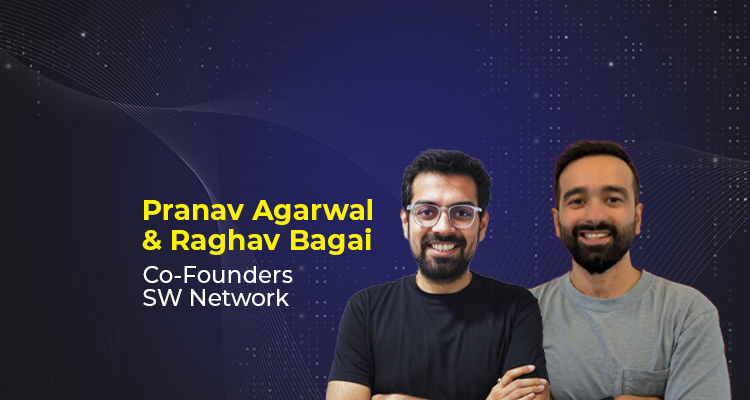As an award-winning brand storyteller, what narrative techniques do you prioritise when crafting a client’s story?
At Wing Communications, we begin with the brand’s origin, what problem it sets out to solve, and who it serves. Authenticity is the backbone of our storytelling. We layer this with emotional resonance, audience relatability, and a clear call to action.
Every narrative we build follows a strategic arc: challenge, solution, and transformation. We avoid jargon and focus on human-first language. This ensures that the story sticks. Whether it is a founder’s journey or a product evolution, we make it deeply personal and inherently purposeful.
How does Wing Communications integrate emerging technologies (like AI analytics, programmatic social ads) into client campaigns?
We approach technology not as a tool but as a creative enabler. AI analytics helps us read audience sentiment and identify content gaps faster than traditional methods. This allows campaigns to pivot in real time.
With programmatic ads, we fine-tune reach and frequency without inflating budgets. More importantly, these technologies help us focus our creative efforts where they matter most. We build content that resonates by blending data-driven insights with intuitive storytelling, achieving a balance between precision and emotion.
What impact have short-form video platforms (like Instagram Reels) had on brand storytelling, and how is Wing Communications leveraging them?
Short-form video has shifted storytelling from long-form inspiration to snackable, high-impact communication. It rewards clarity, creativity, and consistency. At Wing Communications, we use Reels and similar formats to build top-of-funnel visibility, especially during product launches or seasonal campaigns. We also lean into trends such as audio, formats, and aesthetics while maintaining the brand voice. Our creative teams storyboard Reels like micro-films. Each 30-second clip must convey a strong narrative. The format allows emerging brands to compete with legacy players effectively.
How have you observed the PR landscape shift in India’s Tier-2 and Tier-3 cities, and what opportunities and challenges does this present?
PR in Tier-2 and Tier-3 cities is undergoing a transformation. Local narratives are now gaining national visibility, and regional influencers carry significant weight. The opportunity lies in cultural contextualisation and storytelling that respects linguistic and social nuances. However, challenges persist. These include media literacy, platform adoption gaps, and limited local press bandwidth. At Wing, we approach these cities with a hybrid strategy that combines digital amplification with grassroots community engagement. The future of Indian PR will be shaped across smaller cities with growing voices.
What criteria do you use to select influencers for a brand, and how do you measure the true ROI of influencer collaborations?
Influencer selection is more science than guesswork for us. We prioritise authenticity, engagement quality, and audience alignment instead of follower count. Micro and nano influencers often perform better in niche segments. For ROI, we look beyond reach and track conversions, saves, shares, and sentiment shifts.
Tools are useful, but experience and creative instinct matter too. We also ensure storytelling consistency. The influencer’s content must feel natural, not promotional. A successful collaboration builds brand equity while delivering measurable results.
In working with small- and medium-sized enterprises, how do you demonstrate that PR is accessible without deep pockets?
We believe that PR is not about the size of the budget but the strength of the story. For SMEs, we focus on owned media, founder-led storytelling, and community engagement. Often, a well-timed thought leadership piece or a focused LinkedIn campaign delivers more value than a high-cost advertisement. At Wing, we build modular strategies that are easy to scale. We also guide clients on how to sustain their PR efforts independently. Accessible PR comes from strategic thinking, not expensive tools.
Looking ahead, what do you believe will be the “next big thing” in PR and digital marketing?
We believe the next big shift will be the rise of participatory PR. This involves audiences co-creating narratives through interactivity, voice technology, and AI-driven tools. Voice search, conversational content, and community-led campaigns will become the norm. Ethical communication will also take center stage. Transparency around AI-generated content, responsible influencer engagement, and purpose-driven branding will gain importance. Brands will no longer just speak to people. They will speak with them. Agencies must evolve into experience architects who blend technology and empathy to build trust.
Share your exclusive thoughts to:
editor@thefoundermedia.com




